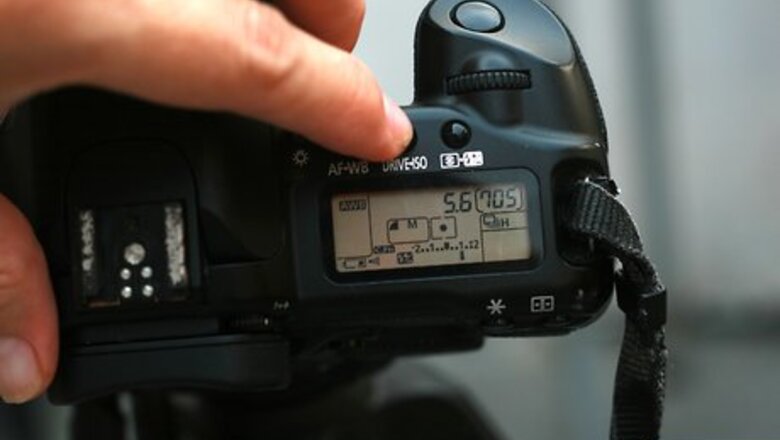
views
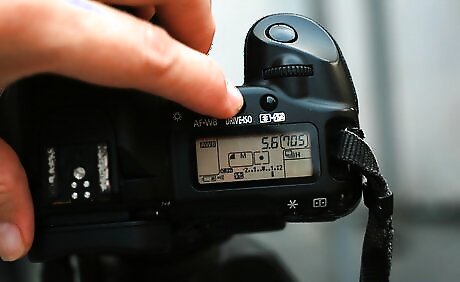
Understand what "exposure of the image" is and how will it affect your photographs. Exposure is an umbrella term that refers to two aspects of photography – it is referring to how to control the lightness and the darkness of the image. The exposure is controlled by the camera's light meter. The light meter determines what the proper exposure is; it all sets the f-stop and shutter speed. The f-stop is a fraction; the f represents the focal length. The f-stop is determined by dividing the focal length by the aperture. f/2.8 would be 1/2.8 versus f/16 which would be 1/16. If you look at it like slices of a pie, you would get a lot more pie with 1/2.8 than you would with 1/16. This can be very unnerving, but f-stops and shutter speeds on every picture to get the light right or the lightness and darkness and exposure. A good way to understand it is to "think of a bucket of water with a hole in the bottom. If you have a large hole in the bottom of the bucket (large aperture), water will drain out quickly (fast shutter speed). Conversely, for the same amount of water, if you have a small hole in the bottom of the bucket (small aperture), the water will drain out slowly (slow shutter speed)." Exposure or lightness and darkness in the picture is a combination of the f-stop, which is the size of the hole in the lens, and the shutter speed, which is the length of time that the shutter is open. So, if you leave the shutter open longer, you're getting more light to the film or more light to the digital sensor, and the picture gets brighter, or lighter. If you shorten the exposure (give less light to the film or to the digital sensor), the exposure gets darker. Longer shutter speed: more exposure, more light; shorter shutter speed: less exposure, less light.
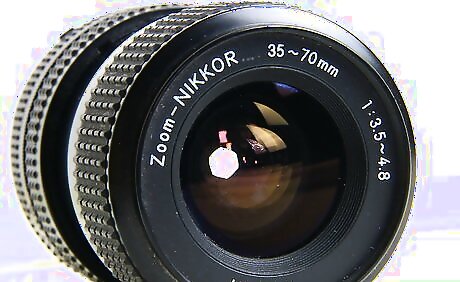
Learn about the "f-stop". "F-stop" (also called "f-number") means fraction and the f-number is the fraction of the actual opening in the lens compared to the focal length of the lens. The aperture is the opening light passes through.
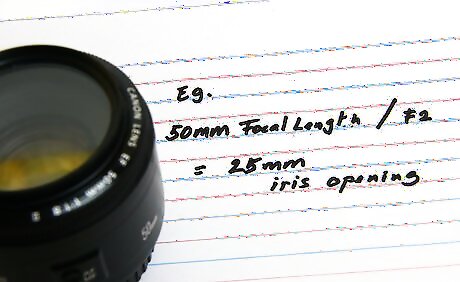
Try this example. Suppose that you have a lens with a focal length of 50mm and the f-number is f/1.8. The f-number is determined by focal length/aperture. So 50/x=1.8 or x~=28. The actual diameter where the light comes through the lens is 28mm across. If that lens had an f-stop of 1, for example, the aperture would be 50mm, because 50/1=50. That's what the f-stop actually means.

Study your digital camera's "manual exposure" mode. In the manual mode you can set both the f-stop and shutter speed. If you really want to control the light, the exposure, and how the picture works, you need to learn to know how to use the manual exposure mode; it's not just for the propeller heads and the guys who still shoot film! Manual mode is still viable today even with digital because it's really how you control the look and feel of your picture.

Understand why you would want to change the exposure. The aperture is really important to control the picture; it lets in the light, and the light is the most important thing for your picture. Without light, you won't have a picture. Set the aperture to control both the light and the amount that is in focus, in other words, the depth of field. Set a wide opening, like f/2 or 2.8, to blur the background and have your subject razor sharp. Also, you'll probably want to use the largest aperture when shooting in low-light, in order to prevent blur. Shoot a medium aperture, 5.6 or 8 so the subject is sharp and background is slightly out of focus but still recognizable. Shoot at smaller apertures, like f/11 and possibly smaller, for a landscape picture when you want the flowers in the foreground, the river, and the mountains all in focus. Depending on your format, tiny apertures like f/16 and smaller will cause you to lose sharpness due to diffraction effects. For many photographers, the aperture is far more important to achieving great pictures than the shutter speed, because it controls the depth of field of the picture, whereas it's more difficult to tell if a picture was shot at 1/250 or 1/1000 of a second.
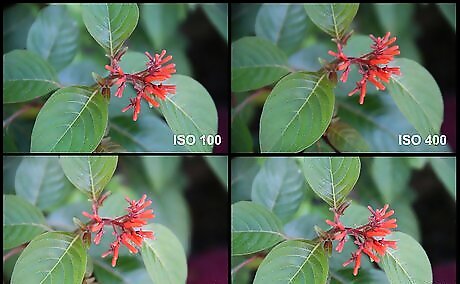
Understand why you would want to change the ISO. You change the ISO on your digital camera to control the camera's sensitivity to light. In bright light, we set the camera to be less sensitive, to give us a picture with less noise since the shutter speed is fast enough at 100 ISO. In low light where there's less ambient light, you need more sensitivity in the camera. Therefore, raise the ISO from 100 to possibly 1600 or even 6400 if you have to, to get enough light in so that the picture isn't blurry. Now, what's the payback? As you raise the ISO, you get more noise (the film equivalent being grain) in the picture and less color, so be sure to set the ISO as low as possible without having the ISO too low that you end up with blurry pictures.
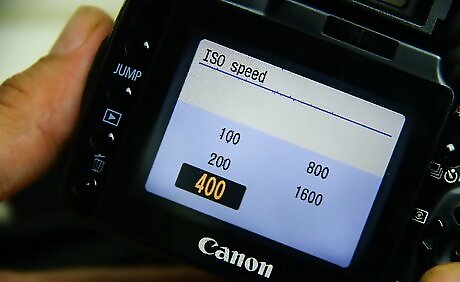
Determine what ISO is required for your shot. The ISO on your digital camera is just like it is on film. You used to buy the film by the kind of light you were using. Today, you set the ISO on your camera depending on the light. How do you set it? On some cameras there's a button right on the top of the camera that says ISO. You press the button, turn the dial, and change it. Some cameras you have to go into the menu and find the ISO setting. Click on the ISO setting and turn the dial and change it. That's how you set the ISO on your digital camera.
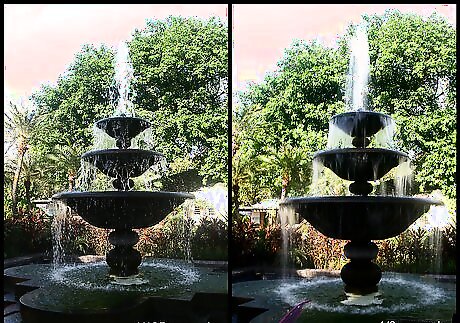
Stop action by changing the shutter speed on your camera. Change the shutter speed on your camera to affect the action-stopping ability. If you're shooting a picture with your camera hand-held, you will need a shutter speed that as fast as or faster than the reciprocal of your focal length. In other words, if you were shooting on a 100mm lens, a shutter speed of 1/100 of a second would be optimal. Camera blur can be eliminated at these speeds.
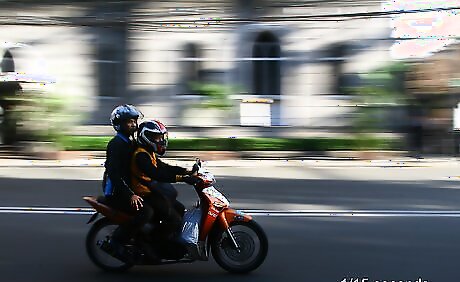
If you are shooting moving subjects, change your shutter speed to a shutter speed that ranges from 1/500 to 1/1000 to stop the moving subjects.
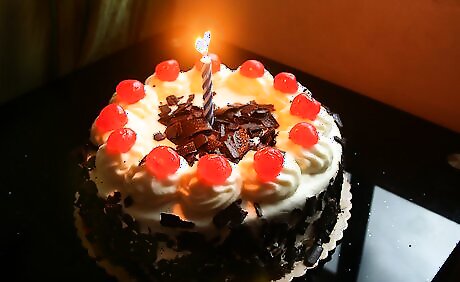
If shooting pictures in low light, where you need more light to come in through the shutter, set the shutter speed to a thirtieth or a fifteenth of a second. When you do this, the action is going to blur, so use thirty or fifteen when there's low light or when you want the action to blur. Medium shutter speed: 125 or 250 for most pictures. Fast shutter speed: 500 or 1000 for action. Thirtieth or a fifteenth of a second to blur action or under low light.
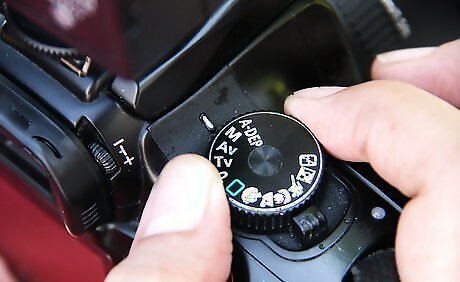
Learn how to change the shutter speed on your digital camera. You might have the option of a dial, a button on your camera, or you may have to do it in-camera.
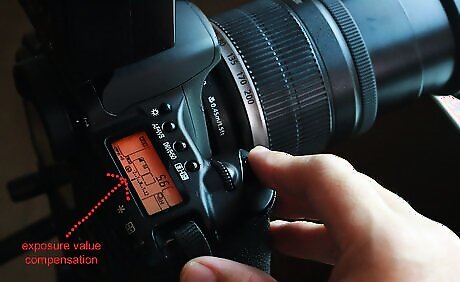
Always err on the side of underexposure. Of course, it goes without saying that you want fantastic exposure, but if you can't get it quite right, err on the side of underexposure (let your scene be a little dark). When a picture is over-exposed, all of the information is lost and cannot be recovered. With underexposed pictures, you have a greater chance of recovering the picture through post-processing. You can set your camera to underexpose by using EV compensation (exposure value compensation).
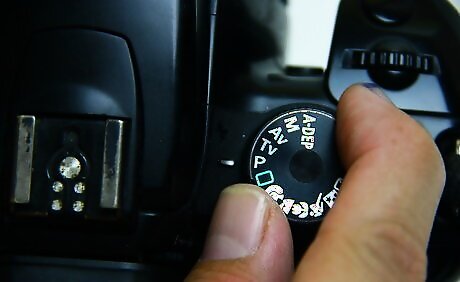
Learn your camera's "program mode". The exposure modes on your camera allows you to control how you adjust the picture. The basic mode is the “P” mode (program mode) and it allows you to manipulate both the shutter speed or aperture settings, and it will adjust the other value accordingly so that the picture is exposed perfectly according to the light meter. The advantage of program mode is that you don't need to know anything. It's just a little bit above the green auto or “idiot proof” mode.

Get familiar with the "aperture priority" mode. On your digital camera you have the choice of “A-mode” or aperture priority. In the aperture priority mode (it's a way to determine the exposure); you the photographer picks the aperture or f-stop. The camera will choose the shutter speed for you. Aperture priority could be considered the more useful of the modes. So, you select the f-stop, whether it's f/2.8 to blur the background, f/8 for moderate depth of field, or f/16 to have everything in focus.
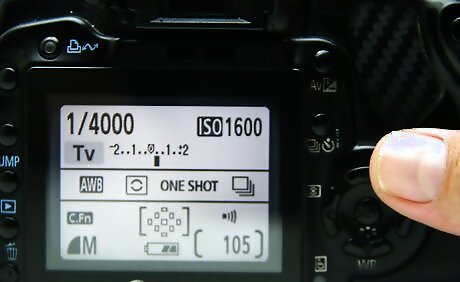
Investigate your camera's "shutter priority" mode. Have at least some familiarity with the shutter speed of your camera. The advantage of shutter speed is you set the number that's most convenient or most comfortable to use. Then the camera will pick the other number, the f-stop. On your camera, shutter priority can either be S or TV mode depending on your camera. In shutter priority mode, pick the shutter speed and the camera sets the f-stop. When in shutter priority, the camera will take the picture at the selected shutter speed regardless of whether or not the picture will be exposed correctly.



















Comments
0 comment